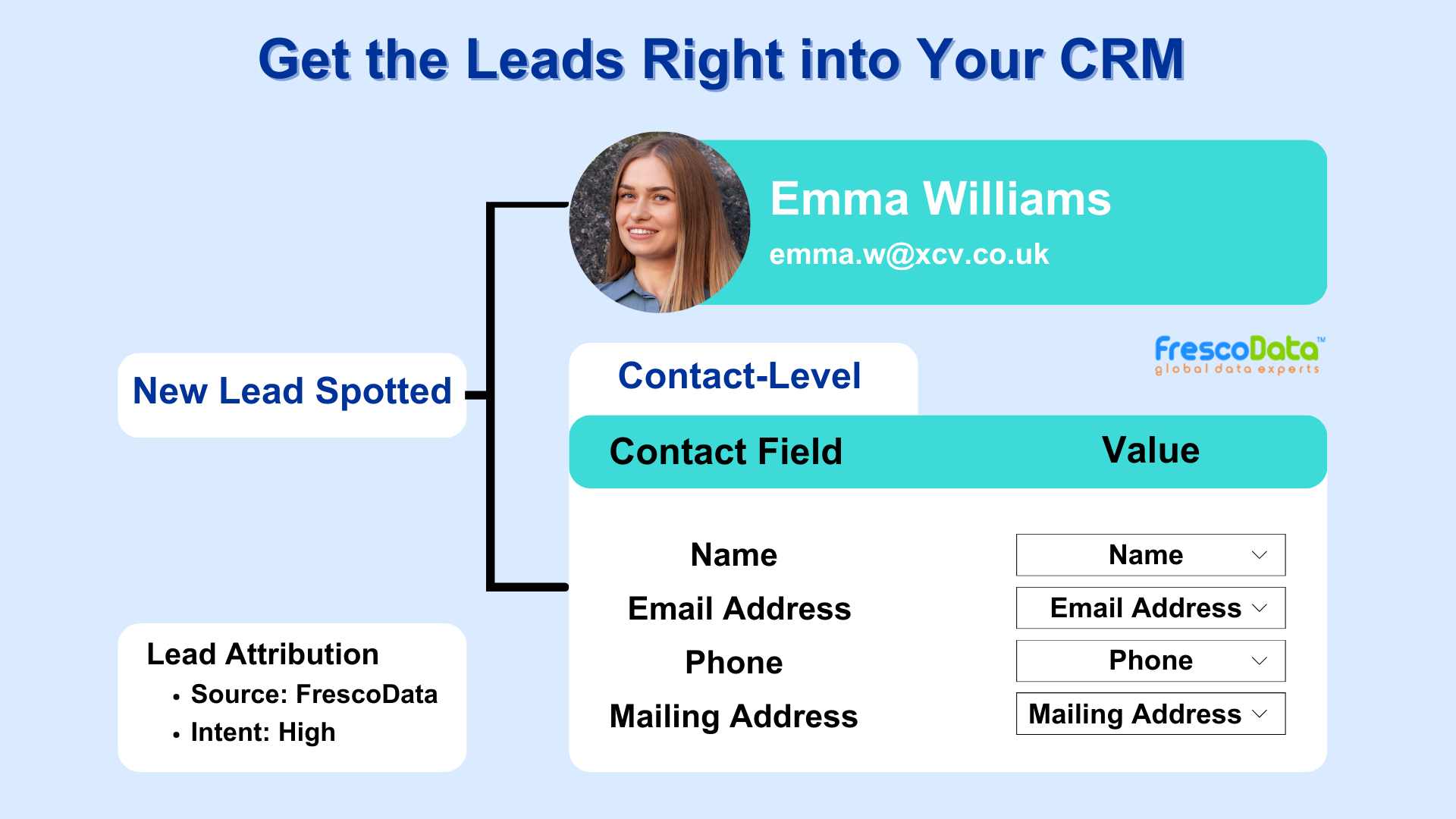- Introduction
-
Definition
-
Key Principles
-
Customer-Centric Approach
-
Two-Way Communication
-
Personalization
-
Value Creation
-
Customer Retention and Loyalty
-
Lifetime Customer Value
-
Steps to Implement Relationship Marketing
-
Understand Your Customers
-
Segment Your Audience
-
Personalize Communication
-
Engage in Two-Way Communication
-
Provide Exceptional Customer Service
-
Create Value Beyond Transactions
-
Build Trust and Credibility
-
Reward Loyalty
-
Seek Feedback and Act on It
-
Measure and Optimize
What is Relationship Marketing?
Relationship marketing is a marketing strategy focused on building and maintaining long-term relationships with customers by fostering engagement, trust, loyalty, and satisfaction.
Unlike transactional marketing, which emphasizes individual sales transactions, relationship marketing prioritizes the development of strong, ongoing connections with customers over time.
Key Principles of Relationship Marketing

Customer-Centric Approach
Relationship marketing places the customer at the center of all marketing efforts, focusing on understanding their needs, preferences, and behaviors. By prioritizing customer satisfaction and value creation, businesses aim to build lasting relationships that drive repeat business and loyalty.
Two-Way Communication
Relationship marketing emphasizes open and transparent communication between businesses and customers. It encourages dialogue, feedback, and interaction through various channels, such as email, social media, customer service, and in-person interactions.
Personalization
Relationship marketing seeks to personalize interactions and experiences for individual customers based on their unique preferences, behaviors, and purchase history. By tailoring messages, offers, and recommendations to specific customer segments, businesses can enhance relevance and engagement.
Value Creation
Relationship marketing focuses on delivering value to customers beyond the initial transaction. This value can take various forms, including high-quality products or services, exceptional customer service, exclusive offers, loyalty rewards, educational content, and community engagement.
Customer Retention and Loyalty
Relationship marketing aims to increase customer retention and loyalty by fostering emotional connections and trust between customers and brands. By consistently delivering positive experiences and exceeding expectations, businesses can build loyal customer advocates who are more likely to recommend and repurchase from the brand.
Lifetime Customer Value
Relationship marketing recognizes the long-term value of customers over their entire lifecycle with the brand. Instead of focusing solely on immediate sales, businesses aim to maximize the lifetime value of customers by nurturing and strengthening relationships over time.
Steps to Implement Relationship Marketing
Here are steps to implement relationship marketing effectively:
Understand Your Customers
Start by gaining a deep understanding of your customers’ needs, preferences, behaviors, and expectations. Use market research, data analytics, customer surveys, and feedback mechanisms or buy consumer data to gather insights into your target audience.
Segment Your Audience
Divide your customer base into distinct segments based on demographics, psychographics, purchase history, or other relevant criteria. Segmenting your audience allows you to tailor your marketing efforts and communication strategies to specific customer groups.
Personalize Communication
Customize your marketing messages, offers, and experiences to resonate with individual customers or segments. Use personalization techniques such as utilizing dynamic messaging, recommending relevant products, and acknowledging their past interactions with your brand.
Engage in Two-Way Communication
Foster open and transparent communication channels that allow customers to engage with your brand and provide feedback. Respond promptly to customer inquiries, comments, and concerns through email, social media, live chat, or customer service channels.
Provide Exceptional Customer Service
Deliver outstanding customer service at every touchpoint, from pre-purchase inquiries to post-purchase support. Train your customer service team to be knowledgeable, empathetic, and responsive to customer needs and concerns.
Create Value Beyond Transactions
Go beyond the transactional relationship by offering additional value and benefits to your customers. Provide educational content, helpful resources, exclusive offers, loyalty rewards, and community engagement opportunities that enhance the overall customer experience.
Build Trust and Credibility
Establish trust and credibility with your customers by delivering on your promises, maintaining consistency in your brand messaging and quality, and acting with integrity and transparency in all your interactions.
Reward Loyalty
Recognize and reward loyal customers for their continued support and advocacy. Implement customer loyalty programs, referral incentives, VIP perks, or special discounts to show appreciation and encourage repeat business.
Seek Feedback and Act on It
Regularly solicit feedback from customers through surveys, reviews, and feedback forms. Use this feedback to identify areas for improvement, address customer concerns, and enhance your products, services, and customer experiences.
Measure and Optimize
Track key metrics such as customer satisfaction, retention rates, repeat purchase frequency, and customer lifetime value to evaluate the effectiveness of your relationship marketing efforts. Continuously analyze data, experiment with new strategies, and optimize your approach based on performance insights.
Stay Updated
Recent Blogs

3 Reasons to Buy Email List
Are you hesitant to buy email list for your business? Some would say buying an email list ...
November 18, 2024
Sales Follow-up Email After No Response!
70% of sales reps don’t follow up with prospects after no response. (Source) Are you...
September 2, 2024
5 CTV Advertising Tips to Get The Most Out of It
Connected TV has opened up many interesting opportunities for advertisers, allowing them t...
August 27, 2024